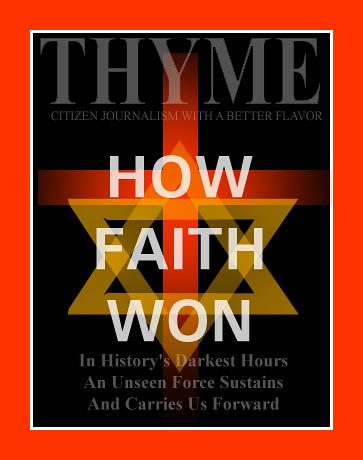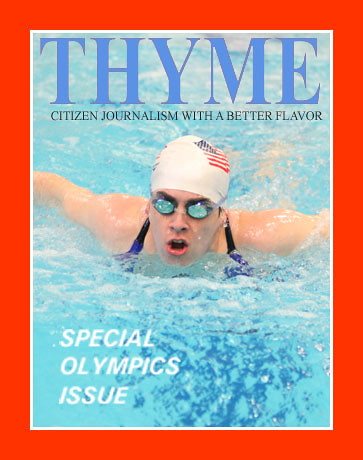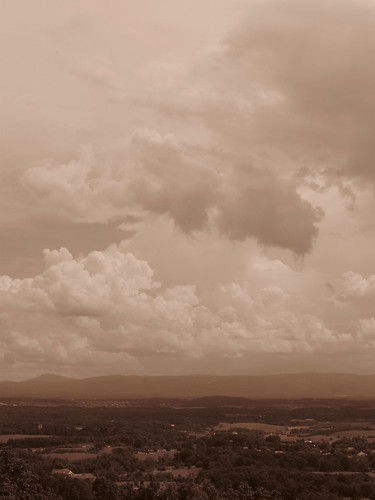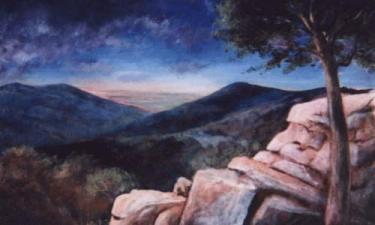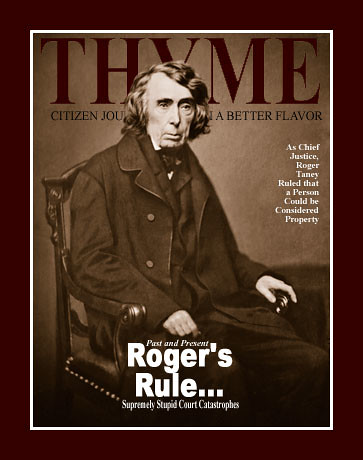The Unique Responsibility Conferred in Imago Dei
 "And G-d said, Let us make man in our image, after our likeness: and let them have dominion over the fish of the sea, and over the fowl of the air, and over the cattle, and over all the earth, and over every creeping thing that creepeth upon the earth.
So G-d created man in his own image, in the image of G-d created he him; male and female created he them.
And G-d blessed them, and G-d said unto them, Be fruitful, and multiply, and replenish the earth, and subdue it: and have dominion over the fish of the sea, and over the fowl of the air, and over every living thing that moveth upon the earth." -- Genesis 1:26-28
"And G-d said, Let us make man in our image, after our likeness: and let them have dominion over the fish of the sea, and over the fowl of the air, and over the cattle, and over all the earth, and over every creeping thing that creepeth upon the earth.
So G-d created man in his own image, in the image of G-d created he him; male and female created he them.
And G-d blessed them, and G-d said unto them, Be fruitful, and multiply, and replenish the earth, and subdue it: and have dominion over the fish of the sea, and over the fowl of the air, and over every living thing that moveth upon the earth." -- Genesis 1:26-28
New York artist,
Makoto Fujimura and others have found in the first chapters of Genesis, a unique charge to mankind. Scripture states that mankind alone bears the Divine image, and as such carries unique responsibility. G-d calls on Man, created in his own image, to
'replenish' the Earth. Many read over this passage and see it as similar to the charge given to fish and fowl... to populate the planet, but read further and G-d involves mankind in something far greater:
"And out of the ground the Lord God formed every beast of the field, and every fowl of the air; and brought them unto Adam to see what he would call them: and whatsoever Adam called every living creature, that was the name thereof." -- Genesis 2:19
Here the Divine does not simply present animals to the newly formed person and tell that person their names... G-d invites Adam into the studio, as it were, and charges him with naming the new creations!
Fujimura and others see in this a Divine mandate: if those gifts of creativity... expressed in the art, culture and industry of mankind, are indeed an extension of
'Imago Dei, their exercise takes on a new importance.
Dr S. Lewis Johnson writes:
"One of the scientists who has written on the Book of Genesis has said, “The first introduction of animal life was not a fragile, blob of protoplasm that happened to come together in response to electrical discharges over a primeval ocean as evolutionists believe. The water swarmed with swarms of living creatures.” But we are not to think from this statement, "Let the waters teem with swarms of living creatures” that it is the waters that have brought forth these creatures. It is evident that they are the product of the word of G-d. It is not they, the waters who have created. It is G-d who has created. So when we read, “Then G-d said”, the power of this creation rests in the word of the Lord G-d. So the creation is from G-d, but as a result of his word the waters teem with swarms of living creatures."
Each new phase of the creation account begins with G-d speaking. In Genesis 2:19 the Divine calls Adam to speak... naming specific elements of what G-d has made.
Today G-d calls the artist to an active role in replenishing society. Indeed the artist has always been at the forefront of the cultural discussion. Sadly, in a world that relegates Faith to a position of diminished importance, the artist who is a person of Faith often has taken a back seat in the dialogue.
The secular world itself gives greater weight to the naturalist, who operates in the gritty world that is seen. Beauty and Truth, particularly when seen as the product of Faith's influence, are discounted. In response, artists of Faith have often settled for a less than transformative role, content to produce icons, but unwilling to participate in the transformation of culture.
This does not mean that only a few great names are to participate. For thousands of years, art has been produced by people in the simplest of cultures. Consider the rich tradition in textiles. People have always blended richness and color into their daily lives. Printing presses have made it possible for everyone to have a Rembrant on their walls... but richness is lost when ink replaces real paint. Consider the joy preschool children experience as they apply color to paper! Society seems to dull that, relegating the flow of color to
'experts,' but it can, and should be recaptured as a part of the human experience... especially as a part of our Worship and Wonder!
In her later years, my physicist Mother found joy in creating woven garments and in throwing pots on her wheel, rekindling that Sacred spark. There resides in
Imago Dei a deep need to express one's creative spirit. How wonderful when that expression serves the Divine purpose!
How does the creative mandate align itself with the charge to build the Kingdom of G-d? Most certainly! Pictured here are details of very large paintings a young artist has prepared for Vacation Bible School. Just imagine the wonder of children being surrounded by this majestic world... right out of Genesis 1:22! Imagine the power art, writing, theatre and music have in the hands of the Faithful to address our culture today!

 Top: Swimming Penguins, Center: Whales, Bottom: Dolphins; Details of 9' x 6' Canvases by Muralist Laney Riley prepared for St. John's United Methodist Church in Staunton, Virginia
Top: Swimming Penguins, Center: Whales, Bottom: Dolphins; Details of 9' x 6' Canvases by Muralist Laney Riley prepared for St. John's United Methodist Church in Staunton, Virginia
